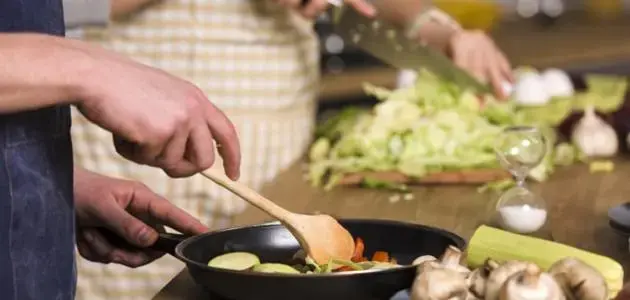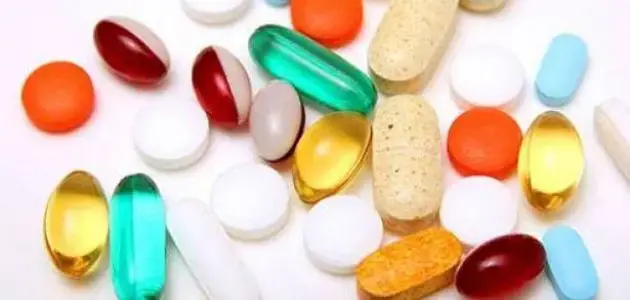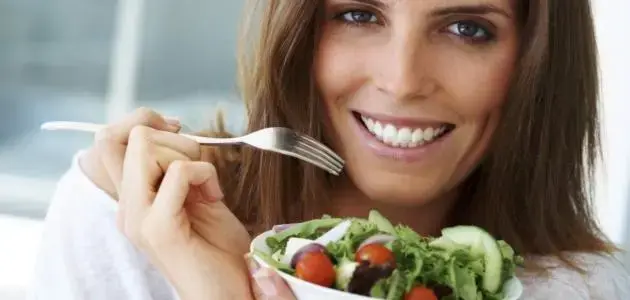Iron-rich foods come from two main groups:
Heme Iron Sources
Heme iron comes from hemoglobin and is found only in animal products like red meat, poultry, fish, and other seafood. This type of iron is absorbed by the body faster and more efficiently.
Non-Heme Iron Sources
Non-heme iron is found in plant-based foods, but our bodies don’t absorb it as well as heme iron. Some of the best plant-based iron sources include:
- Legumes: lentils, beans, peas, and soybeans.
- Seeds and nuts: pumpkin seeds, sesame, flaxseeds, cashews, pine nuts, walnuts, and more.
- Vegetables: dark leafy greens like spinach, kale, and Swiss chard; also tomatoes and their concentrated forms, potatoes, mushrooms, olives, and palm hearts.
- Fruits: plum juice and berries.
- Whole grains: most grains have iron, but wheat, millet, oats, and quinoa are especially rich.
- Other foods: coconut milk, dark chocolate, molasses, and dried thyme.
Tips to Boost Iron Absorption
How you prepare food and what you eat alongside it makes a big difference. Vitamin C-rich foods like tomatoes, oranges, kiwi, and bell peppers can help your body absorb more iron when eaten at the same time—whether fresh, as juice, or in supplement form.
On the other hand, calcium-rich foods like milk and cheese, as well as tea and coffee, can reduce iron absorption, so it’s best to avoid having them with iron-rich meals.
Why Iron Matters
Iron is key for making hemoglobin, which carries oxygen to all your body’s cells. It also plays an important role in energy production, growth, hormone creation, and keeping your immune system strong.
Daily iron recommendations vary: men aged 19-50 should aim for 8 mg, women in the same age range need 18 mg, pregnant women should get 27 mg, and breastfeeding moms need 9 mg daily.
Leave a comment
Your email address will not be published. Required fields are marked *




